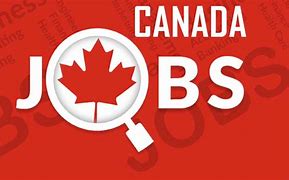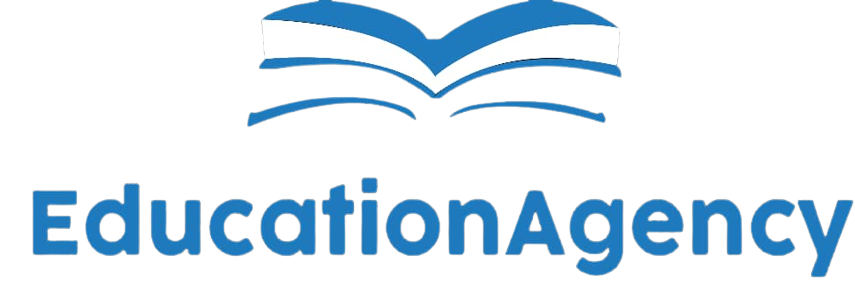Canada’s National Occupational Classification (NOC) system underwent significant changes in 2022, introducing the TEER framework that affects all immigration and employment processes. Understanding these updates is crucial for anyone planning to work or immigrate to Canada.
What is the NOC-TEER System?
The NOC system organizes Canadian jobs into categories based on the required:
- Training
- Education
- Experience
- Responsibilities (TEER)
This classification determines eligibility for Express Entry, Provincial Nominee Programs (PNPs), and work permits.
Key Changes from the Old System
The pre-2022 NOC used 4-digit codes and skill levels (0, A, B, C, D). The updated version now features:
- 5-digit codes (e.g., 21231 instead of 2173)
- TEER categories (0-5) replacing skill levels
- More precise job classifications that better reflect actual labor market requirements
Understanding TEER Categories
TEER 0 covers management roles like restaurant managers and construction supervisors. These positions typically involve overseeing operations and require significant leadership experience.
TEER 1 includes professions requiring university degrees, such as doctors, engineers, and software developers. These are typically high-skilled positions eligible for most economic immigration programs.
TEER 2 applies to technical roles needing college diplomas plus 2+ years of apprenticeship training. Electricians, chefs, and industrial mechanics fall into this category.
TEER 3 consists of occupations requiring college education with less than two years of training, including nurse aides, orderlies, and patient service associates.
TEER 4 contains jobs needing only high school education plus short-term training, such as truck drivers and office clerks.
TEER 5 comprises positions requiring no formal education, including cleaners, fruit pickers, and other labor-intensive roles.
Why These Changes Matter
The new TEER system provides clearer distinctions between occupations. Where the old system grouped dissimilar jobs together (like truck drivers and lab technicians both under Skill Level B), the updated version better reflects each role’s actual requirements. This precision helps:
- Employers identify suitable candidates
- Immigrants understand eligibility requirements
- Provinces target in-demand occupations more effectively
For immigration purposes, TEER 0-3 occupations generally qualify for Express Entry and most PNPs, while TEER 4-5 jobs typically require provincial nominations or LMIA-supported work permits.
How to Find Your NOC-TEER Code
Use the official Government of Canada NOC search tool, entering your job title to find your 5-digit code and TEER category. Always verify this information before submitting any immigration applications.
Understanding your correct NOC-TEER classification ensures you pursue the most appropriate immigration pathway and meet all requirements for your desired occupation in Canada.
Let Worldbridge Immigration Services be your guide to a successful future in Canada
Contact us:
Website: www.theworldbridge.ca
Email: info@theworldbridge.ca
Phone/WhatsApp: +1-416-727-7766
Social Media: @worldbridgeHQ






